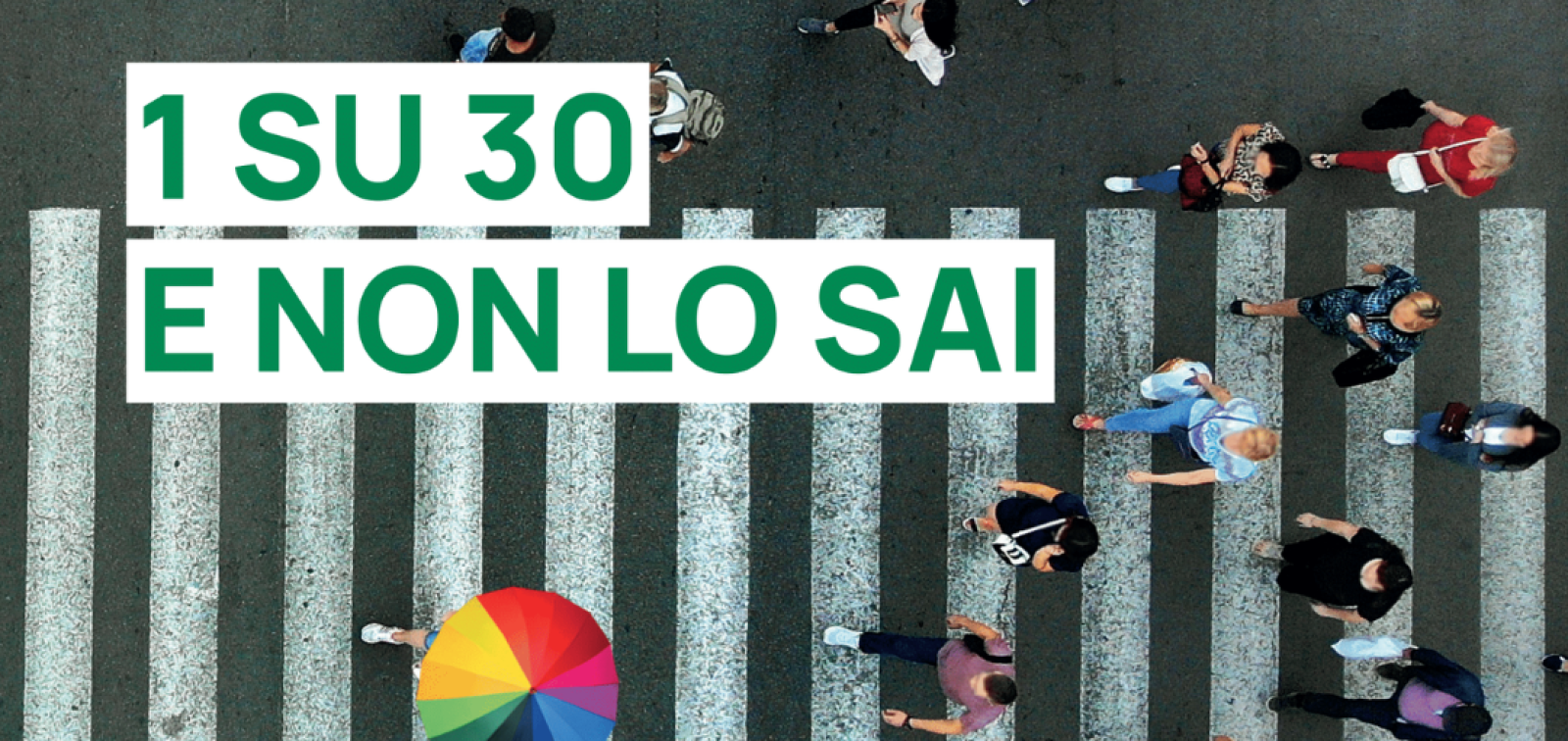Over the course of a week, doctors, epidemiologists and sociologists dealing with Public Health gathered in Milan for the 8th European Public Health Conference (15-16 October 2015).
Among the very many events of the Conference's Agenda, particularly important was the plenary session about vaccination in Europe. In many countries, the rates of vaccination are declining quickly, and this fact is perceived by public health authorities as one of the main threats for the health of the European population. The anti-vaccine movement is gaining momentum everywhere (particularly in Italy), fed by conspiracy theories and other forms of misinformation, European health experts said.
As the world-known virologist Ilaria Capua stated during the plenary session devoted to Science & Policy: "The anti-vaccine movement and the antibiotic resistance in hospitals and in animal farming are the two main concerns for the European and the World health situation. As scientists and public health care providers, we have to convince policy-makers that the time has come to tackle these two threats, starting with a program of massive science education and dialogue with the population". The Italian Minister of Health, Beatrice Lorenzin, stated that doctors and nurses must be at the forefront to defend vaccination, and the ones who refuse to do it should be punished in some way.
Another interesting issue discussed during the European conference was the national and regional experiences of public involvement in health decisions and legislation. In Wales (UK), the Minister of Health carried out a very ambitious National Conversation with different stakeholders and the population at large to shape the new Act on the Wellbeing of future generations, taking into account the health consequences of climate change, new rules for healthy food, the reduction of health inequalities and other similar topics.
Some other European regions like Andalusia (Spain), the Autonomous Province of Trento and the Veneto region (Italy), and Skâne (Sweden) detailed their experiences in tackling health inequities and in carrying out a participatory approach to public health during a special session of the conference organized by the World Health Organization (WHO).
"It is amazing to observe how the social conditions, urban planning, food quality, mobility and other aspects of our everyday life can affect our health conditions, from obesity to depression", said Francesco Zambon, technical officer of the World Health Organization. "Health is not an issue for doctors alone, it involves every sector of policy and society, and it calls for our attention and commitment, from the common citizen to the prime minister".
Health Inequalities are killing people on a grand scale
Social inequalities kill more people than road accidents and infectious diseases put together" said Sir Michael Marmot, the epidemiologist of University College, London, who 40 years ago began to study how social, economic and cultural differences among people affect life expectancy. Showing the map of the London tube line, Marmot argued that - going from the central stations to the more deprived zones of London - for every station we can calculate a loss of one year in life expectancy in the local population. The same trend emerged from the Whitehall Study among UK civil servants: the lower the socio-economic status of the public employees, the shorter their life.


